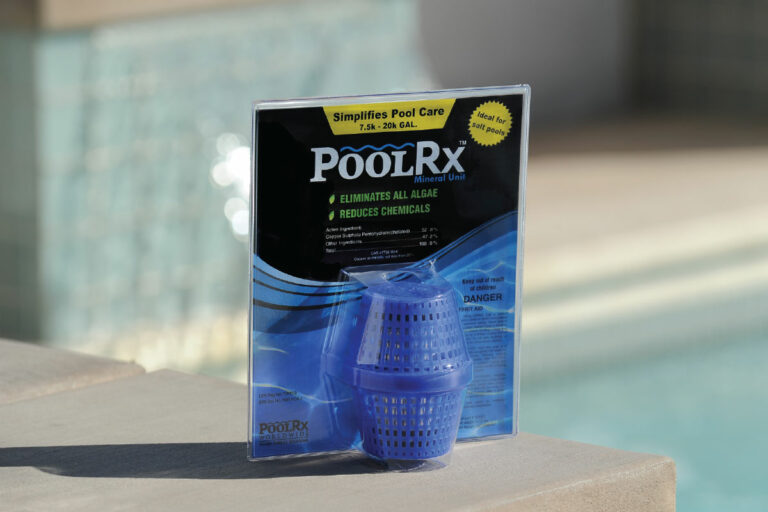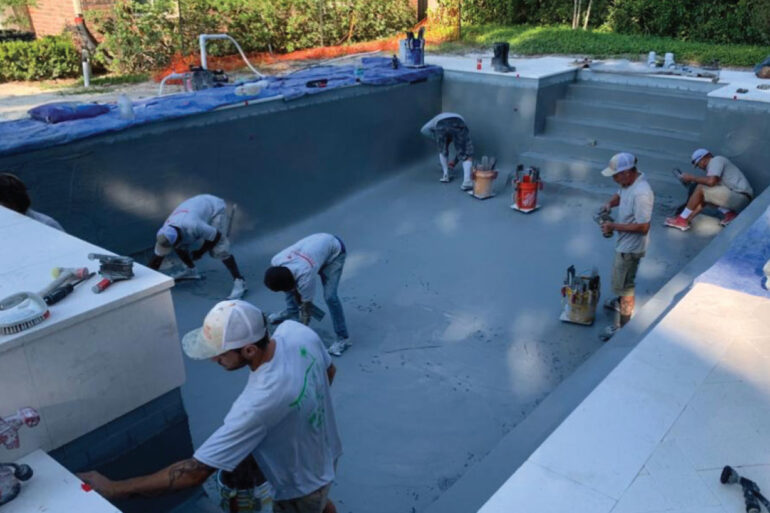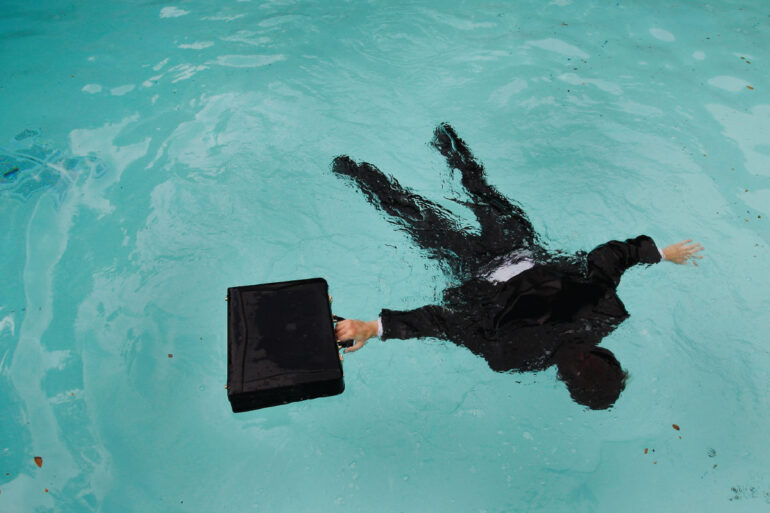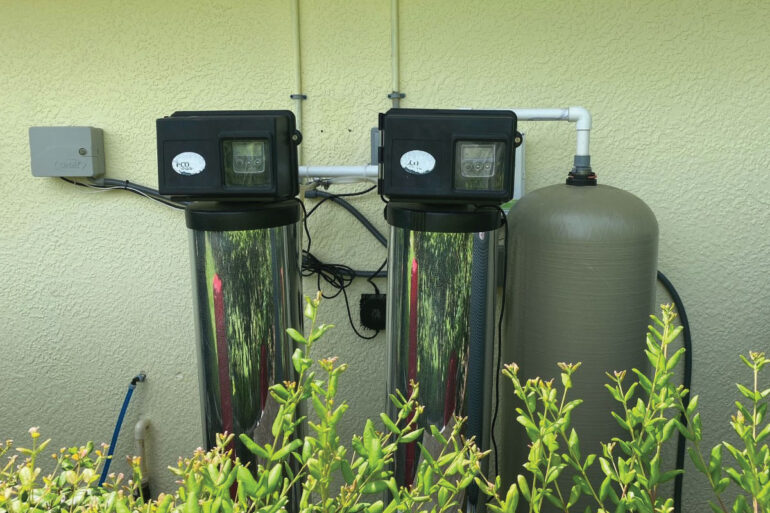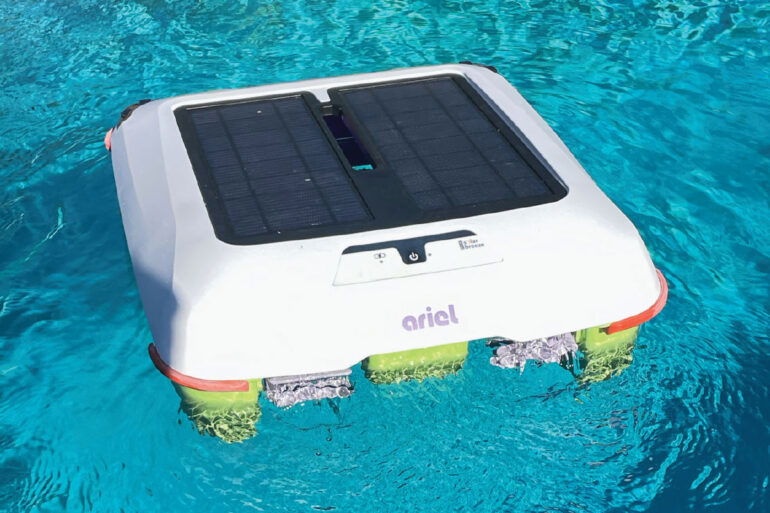28 Days Later
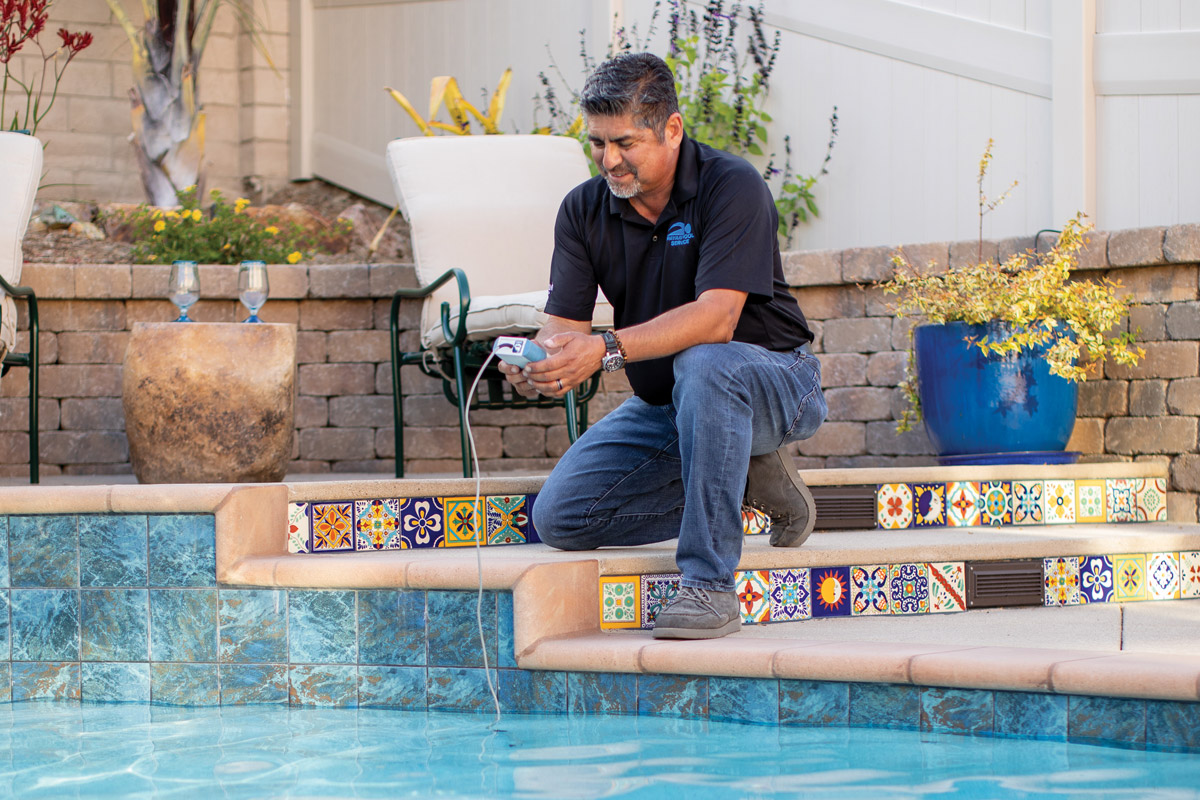
The first crucial days of a pool start up
Rome wasn’t built in a day, but it could have been finished sooner if not for the Romans’ proclivity for swimming pools, which can take months to plan and build. Then begins the hard part — the start up.
Whether it’s the first time filling the pool or it’s a refill following maintenance, the process of filling a pool is a more involved than leaving a garden hose on overnight.
There are multiple methods for pool start up. Jana Auringer, regional quality assurance for Pebble Technology International, who as a member of the National Plasterers Council board of directors, regularly teaches the NPC’s Start-Up Certification Course. NPC’s start-up method is not the only one worth looking into. For example, chemical manufacturing company Orenda Technologies has developed its own best practices for pool start up that differs from NPC’s method.
The following method is for pools with an interior cementitious (plaster) finish. If the pool has a vinyl, fiberglass or other kind of interior finish, reach out to the material manufacturer for start up advice.
Prologue
Before an ounce of water has left the hose, be certain that the new pool’s filtration equipment is functioning. Use a pool water testing kit on the source water to keep an initial record of pH, total alkalinity, calcium hardness and metals. Testing the source water before filling is one of the most important steps of a start up. Low calcium hardness, low pH and/or low alkalinity can have an adverse effect on the new plaster surface.
NPC strongly recommends against turning on the pool’s heater for a minimum of two weeks, or adding chlorine for the first 48 hours. Resist the urge to go for an early dip. Keep both people and pets out of the pool during the fill until the water is balanced and properly sanitized.
Day 1: Starting the start up
A new day means a new water test. A pool technician overseeing a fill will first perform another test for pH, TA and CH after the pool is full and circulating to determine what needs adjusting. Hopefully the previous test provided a good idea of what chemicals were needed, but it will not have told the whole story. Now that the water is inside the newly plastered pool, the pH will have been changed by the slow release of plaster dust, or calcium hydroxide, which will cause the pool’s pH levels to skyrocket as it is curing. This will continue to happen over the first 28 days.
High pH levels will mean the water is no longer balanced, and water that isn’t balanced can cause staining and scaling, or expensive corrosion/etching, due to not having enough calcium.
The pH will need to be brought down to between 7.2 and 7.6. This can be adjusted using pre-diluted muriatic acid.
“If you don’t balance the water and you have a deficiency in calcium, then it will start dissolving the calcium from the plaster,” Auringer warns.
If the water has alkalinity above 80–100 ppm, NPC recommends adjusting it downward using pre-dilute muriatic acid (31−33% hydrochloric acid). If it is too low, add some sodium bicarbonate — also known as baking soda — to get it up to 80 ppm.
Now, if initially the calcium hardness is too low, add calcium chloride — dissolved in 10 pound increments, with several hours between each dose — to get it between 80 and 100 ppm. Never use calcium chloride and sodium bicarbonate simultaneously.
Finally, at least twice a day for the entire 28-day start-up process, Auringer says the pool surface should be brushed thoroughly from top to bottom to remove plaster dust.
“We start brushing on day one and they should be brushing after each time they add a chemical,” Auringer says. Besides helping to rid the pool of the plaster dust, Auringer notes that a good 18-inch brush can help disperse any new chemicals added. “You’ll want to brush the sides, the horizontals, the verticals and even the steps,” she adds.
Remember to keep pumps and filtration systems operating continuously for the first seven days, or until the plaster dust is gone.
Day 2 – Day 3: Two steps forward and one step back
That plaster dust has had an entire night to accumulate, so after testing for pH, TA and CH, get set to repeat everything from the day before. Once the TA is between 80 and 100 ppm and the pH is between 7.2 and 7.6, it will be time to work on getting the CH between 100 ppm and 150 ppm.
On day three the pool tech will repeat this entire routine from the previous day. Besides the testing, brushing and adjusting, day three is also when pre-diluted chlorine or liquid chlorine is added, at a level between 1.5 and 3.0 ppm. Auringer warns against adding any salt within the first 30 days to a saltwater pool. “If you add the salt, most people will turn on the saltwater chlorinators,” Auringer says. “The salt is turned into a high pH sanitizer that has a pH over 12. That’s a constant stream of high pH chlorine going into a pool while we’re still battling the pH of the plaster dust.”
Days 4 – 7: Accessorizing
Anyone who had fun during the first three days, will love the next four, as each day will involve adjusting the pH and TA to match the balance of day two and more surface brushing. Day four does offer a little variety, as one will slowly increase the water’s CH to a minimum of 200 ppm and adjust the cyanuric acid to between 30 and 50 ppm. There are some chlorine products that have CYA already in them, “So if that’s what you’re going to use for your sanitizer, use a lower amount of cyanuric acid,” Auringer says.
Add the CYA through the pool’s skimmer for a minimum of three days, and just as the dentist keeps saying, do not forget to brush, as concentrated CYA may cause discoloring in some finishes if allowed to dissolve on the surface of the plaster.
Days 7 – 28: Final stretch
The homeowners will already be trying on their new bathing suits and with daily brushing, filtering and water balancing, that cloudy liquid should be starting to clear up. Once the plaster dust is gone and the water is balanced and properly sanitized, the homeowners will finally be able to have a swim. These remaining days can be spent keeping out dirt, leaves and other debris, though the start-up procedure must continue for the entire 28 days. Once those 28 days are up, then finally, the start up can officially be referred to in the past tense.
Going forward Auringer advises regularly checking the pool’s Langelier Saturation Index, maintaining it between 0.0 and +0.3, particularly during the first six months. The NPC, Orenda Technologies, Pool2Refresh, Poolcalculator.com and others have phone applications to help calculate LSI available for iPhone and Android. For a more detailed description of the start up process, visit npconline.org.

